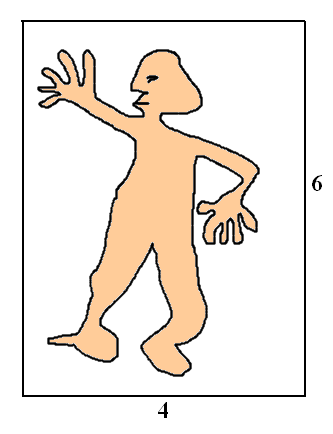Footnotes on 2.1

-
- What's wrong with the proof that every natural number is interesting? Hint: Is "being interesting"
a property numbers have (totally) or not? Or does "interesting" come in certain degrees?
What would that imply for the proof?
- By the way---What is a proof? This question will be clarified later.
- What about two students having birthday in the same month for a class of 11 students?
Being likely is different to being certain.
- What is certainty in Mathematics? Compare it to certainty in science or in other areas.
- The fact that there are more than 6,800,000,000 people on the world is used.
Is this number really relevant for the reasoning? What about if almost of all them would be bald,
would we still be able to conclude the theorem that "there are two nonbald people who have the same
number of hairs on their bodies"?
- Note the strange quality of the statement "There are two nonbald people who have the same
number of hairs on their bodies". We know that two such persons exist, but we know this even without knowing
the two persons. Actually, it would be very difficult to find them. These kind of "Existence Theorems"
occur frequently in Mathematics.


